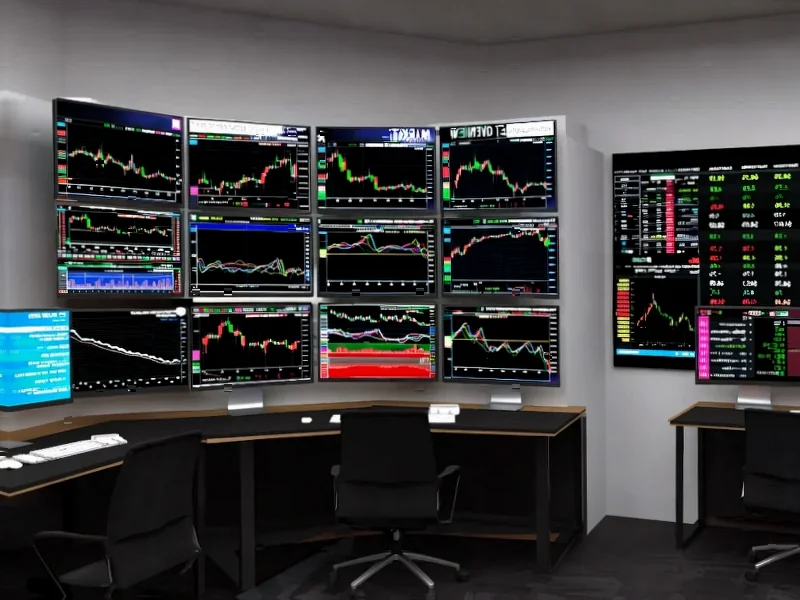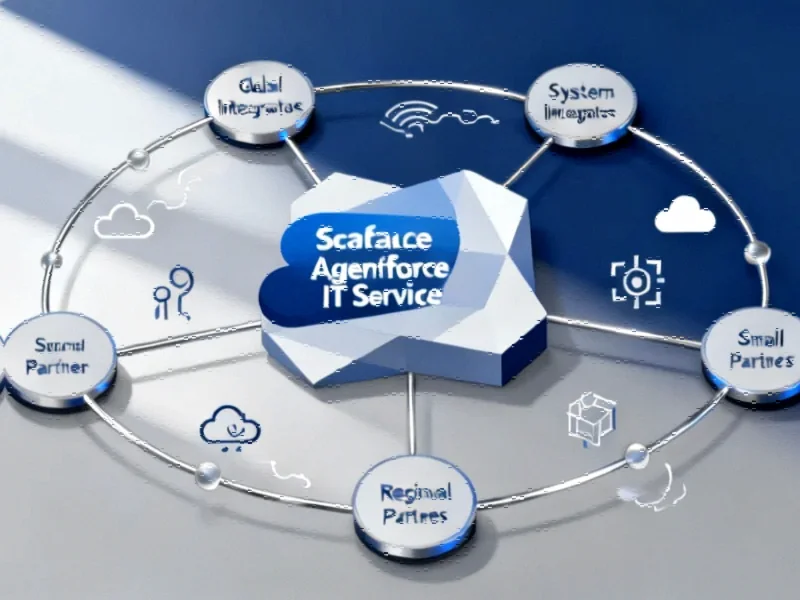According to PYMNTS.com, Uber and Toast announced a deepened integration on Monday, November 4, that will deliver new innovations for restaurants across the U.S. and Canada. The partnership aims to combine Toast’s point-of-sale offerings with Uber’s delivery and technology network to help restaurants better manage digital ordering operations and grow sales. The companies plan to build new tools starting next year that will allow Toast merchants to run promotions and local advertising on Uber Eats directly from the Toast platform. Existing delivery integrations will expand to include Uber Eats, Uber Direct, and Toast Delivery Services in Canada, along with Uber Eats integration in Ireland and the U.K. This expansion builds on their collaboration that began in 2021 and included commission-free delivery from Uber Eats last year.
The Restaurant Tech Consolidation Play
This partnership represents a strategic move toward platform consolidation in the fragmented restaurant technology space. Restaurants have long struggled with managing multiple disconnected systems for point-of-sale, delivery, marketing, and payment processing. The promise of unified platforms is compelling, but history shows that such integrations often create new complexities. Previous attempts at similar partnerships in the hospitality sector have frequently resulted in increased vendor lock-in and reduced negotiating power for individual restaurant operators. While the convenience factor is undeniable, operators should carefully consider whether this deepening relationship between two major players might eventually limit their flexibility to choose best-in-class solutions for specific needs.
The Data Control Question
What neither company explicitly addresses is the data ownership implications of this tighter integration. When restaurant operators manage Uber Eats promotions directly through Toast’s platform, they’re creating a data pipeline that gives both companies unprecedented visibility into customer behavior, pricing strategies, and operational patterns. This raises important questions about who ultimately controls and benefits from this aggregated intelligence. Restaurants should be asking whether they’re trading short-term operational convenience for long-term competitive disadvantage, as these technology partners potentially gain insights that could inform their own future business decisions and partnerships with competing establishments.
Addressing the Labor Crisis
While the PYMNTS article mentions significant employment pressures in the restaurant industry, with the sector remaining down more than 220,000 jobs compared to pre-COVID levels, it’s worth questioning whether this particular partnership addresses the root causes. Technology partnerships focused on delivery and digital ordering typically aim to reduce labor requirements rather than improve working conditions. The real innovation needed in restaurant technology may lie in solutions that genuinely enhance employee satisfaction and retention through better scheduling, training, and compensation tools rather than simply optimizing for delivery efficiency. Research shows that on-demand pay can boost employee retention in hospitality by up to 36%, suggesting that financial technology innovations might offer more direct relief for staffing challenges than delivery optimization alone.
The Commission-Free Myth
The mention of “commission-free delivery” deserves particular scrutiny. While eliminating commissions sounds appealing, technology companies typically recover these costs through other means—whether through platform fees, higher payment processing rates, or mandatory subscription tiers. Restaurants should examine the total cost of ownership carefully rather than focusing on individual fee eliminations. The history of similar partnerships in other industries shows that apparent savings often get redistributed rather than eliminated, leaving operators paying similar overall amounts through different channels. As these platforms become more integrated, the transparency around true costs becomes increasingly important for restaurant profitability.
The Integration Reality Check
Looking ahead to the planned 2025 rollout, restaurants should prepare for the practical challenges of implementing these new tools. Past technology integrations in the restaurant space have frequently encountered compatibility issues, training requirements, and operational disruptions during transition periods. The promise of “seamless integration” often meets the reality of legacy systems, varying staff technical proficiency, and the fundamental complexity of restaurant operations. Operators would be wise to approach these announcements with measured optimism and develop contingency plans for the inevitable implementation hurdles that accompany even the most promising technology partnerships.




